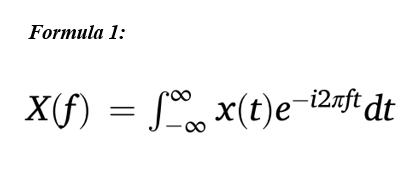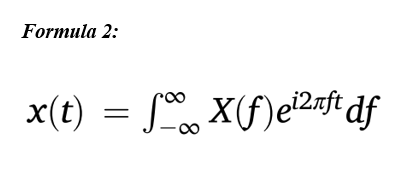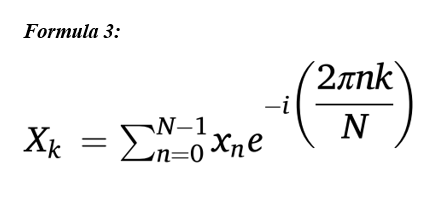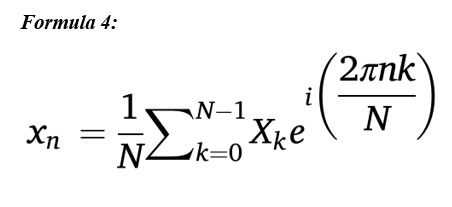Glossary
Broadly, a filter is a system (circuit or mathematical algorithm) used to shape the frequency content of a signal to attenuate unwanted frequency components. Related term: Roll-off. A high-pass filter removes or attenuates the frequency components of a signal that are below a certain cut-off frequency, i.e., a high pass filter lets the high frequencies pass. A low-pass filter removes or attenuates the frequency components of a signal that are above a certain cut-off frequency, i.e., a low-pass filter lets the low frequencies pass. A band-pass filter retains frequency components that are within the band-pass range. A notch (band-stop) filter attenuates frequency components within a narrow band of frequencies. Both analog and digital filters are used in EMG. EMG amplifiers contain analog filters to remove low- and high-frequency components prior to digitization. After digitization, digital filters can be used to further adjust the signal characteristics.
(McManus et al., 2021)Mathematical functions that permit the representation of a signal as the weighted sum of constituent sinusoids of different amplitude, frequency, and phase, enabling a frequency domain representation of the signal. The Fourier series expansion can be derived as a special case of the Fourier transform for periodic signals, or for signals of finite length such as a segment of EMG signal. The Fourier transform, X(f), of an infinitely long signal x(t), at each frequency f, can be expressed as per Formula 1. The inverse Fourier transform is given by Formula 2. The discrete Fourier transform (DFT) of a sampled signal xn (n = 0, 1, 2, …, N−1) is given by Xk, as shown in Formula 3. xn is the value of the nth sample, N is the total number of samples, i is the imaginary unit (i = √−1), Xk is the value of the kth DFT frequency component (k = 0, 1, 2, …, N−1). The original signal x may be reconstructed from its Fourier expansion, X, with the inverse transform, as shown in Formula 4.
(McManus et al., 2021)



The frequency of a sinusoidal signal is the number of repetitions (periods) of the signal per second, measured in Hertz (Hz). Related terms: Fourier transform/Fourier series expansion.The term is often also used, in a less rigorous way, to denote the repetition rate of non-sinusoidal and non-periodic signals, e.g., a square wave or a motor unit firing rate (more precisely defined as pulses/s) and sampling rate (more precisely defined as samples/ s). A non-periodic signal such as an EMG signal contains energy at a particular frequency if it has components that change as rapidly as a sinusoid of that frequency.
(McManus et al., 2021)We value your feedback
Let us know how helpful you found the recommendations above and how we can improve: